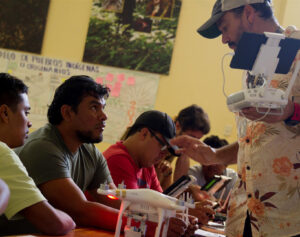 Our Southwest Amazon Drone Center is training local landowners, forest users, indigenous communities, students, and government officials to use cutting-edge satellite, smartphone, and drone technology to monitor and stop deforestation. We provide local people with the technology, knowledge, legal support, and connections they need to safely and effectively take action.
Our Southwest Amazon Drone Center is training local landowners, forest users, indigenous communities, students, and government officials to use cutting-edge satellite, smartphone, and drone technology to monitor and stop deforestation. We provide local people with the technology, knowledge, legal support, and connections they need to safely and effectively take action.
In 2019, we trained and certified 89 individuals in using drones and smartphone apps to detect illegal activities in remote areas of their forests, and report them using drone imagery as legally-admissible evidence for law enforcement to be able to take action and prosecute offenders.
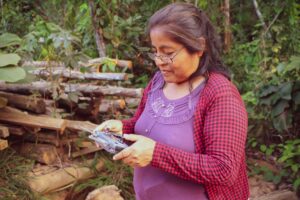 Sixteen of the new users were women, and their numbers continue to increase as we focus on their inclusion in this type of training. We also trained and helped the local association of forest users known as ACOMAT in carrying out 26 patrols using their newly-acquired technological capabilities (drones, satellite imagery and/or mobile applications). These patrols detected 16 incidents of illegal activity in 9 areas, and a total of 5 criminal complaints were filed with the local government of the Madre de Dios region of Peru, which are currently being addressed by the authorities. We were also able to hold six specialized trainings for volunteer community park guards (called Forest Custodians), who combine our technology with their traditional foot patrols inside protected areas.
Sixteen of the new users were women, and their numbers continue to increase as we focus on their inclusion in this type of training. We also trained and helped the local association of forest users known as ACOMAT in carrying out 26 patrols using their newly-acquired technological capabilities (drones, satellite imagery and/or mobile applications). These patrols detected 16 incidents of illegal activity in 9 areas, and a total of 5 criminal complaints were filed with the local government of the Madre de Dios region of Peru, which are currently being addressed by the authorities. We were also able to hold six specialized trainings for volunteer community park guards (called Forest Custodians), who combine our technology with their traditional foot patrols inside protected areas.
Beyond directly providing the actual drone and smartphone technology to these communities and individuals, we also provide continued training, certifications, and drone maintenance workshops to support their long-term fight to keep forests protected. This approach has been become so successful that it is known as the “ACOMAT Model” in Peru, and, due to its high demand, we are beginning to replicate it in other areas of Peru in addition to making it available to other countries in the Amazon.
All in all, this work marks a key first step for communities to effectively engage the government and compel them to take action by providing clear evidence of illegal activities in a timely (meaning in real time – while the illegal activity is still going on), cost effective, high-tech way.
Click here to read how ACOMAT members were recently able to detect illegal logging via drones.
Special thanks to The Sheldon and Audrey Katz Foundation, the members of the Cloud Appreciation Society, the
Norwegian Agency for Development Cooperation, and all individuals and organizations whose generous support made this project possible.

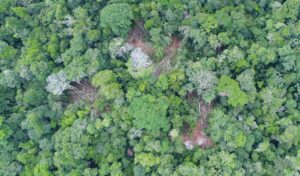


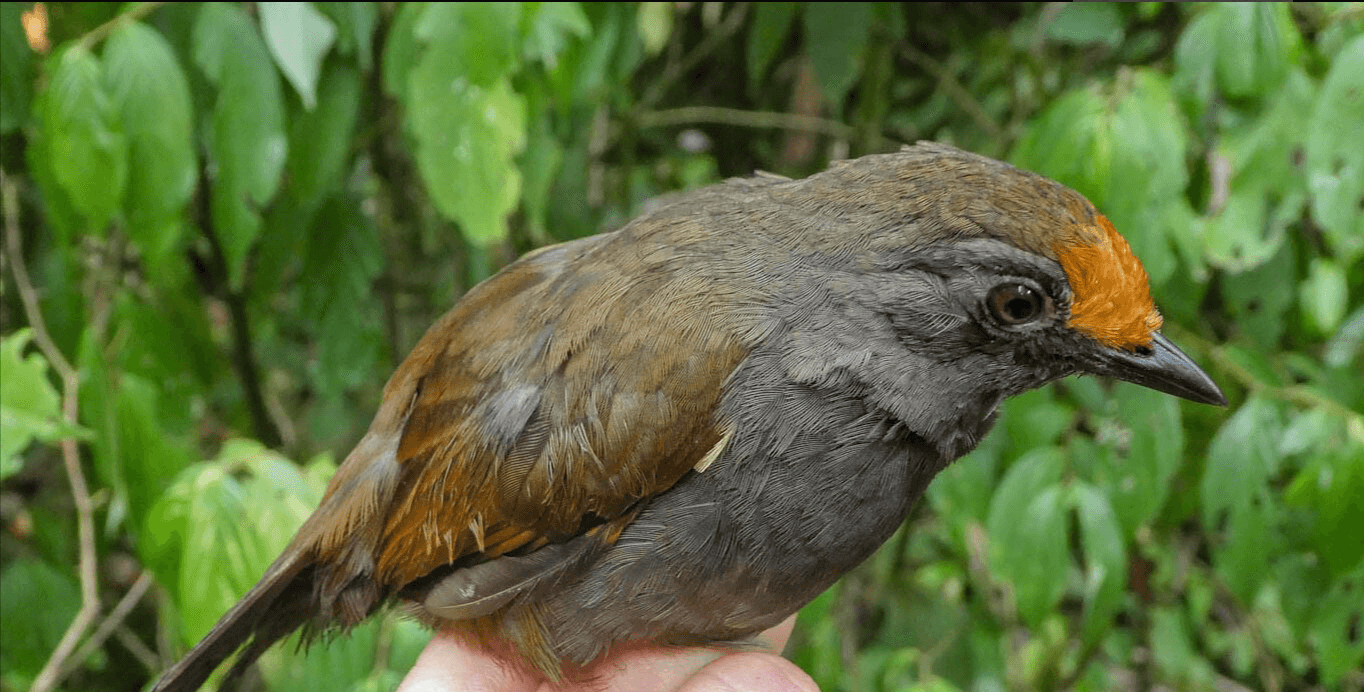

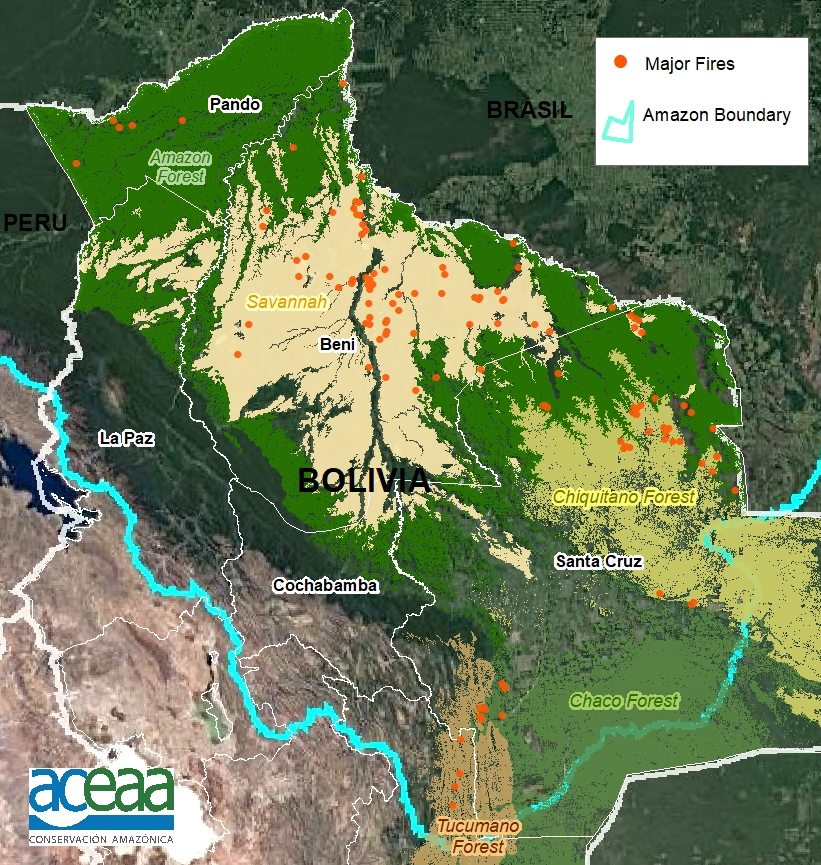

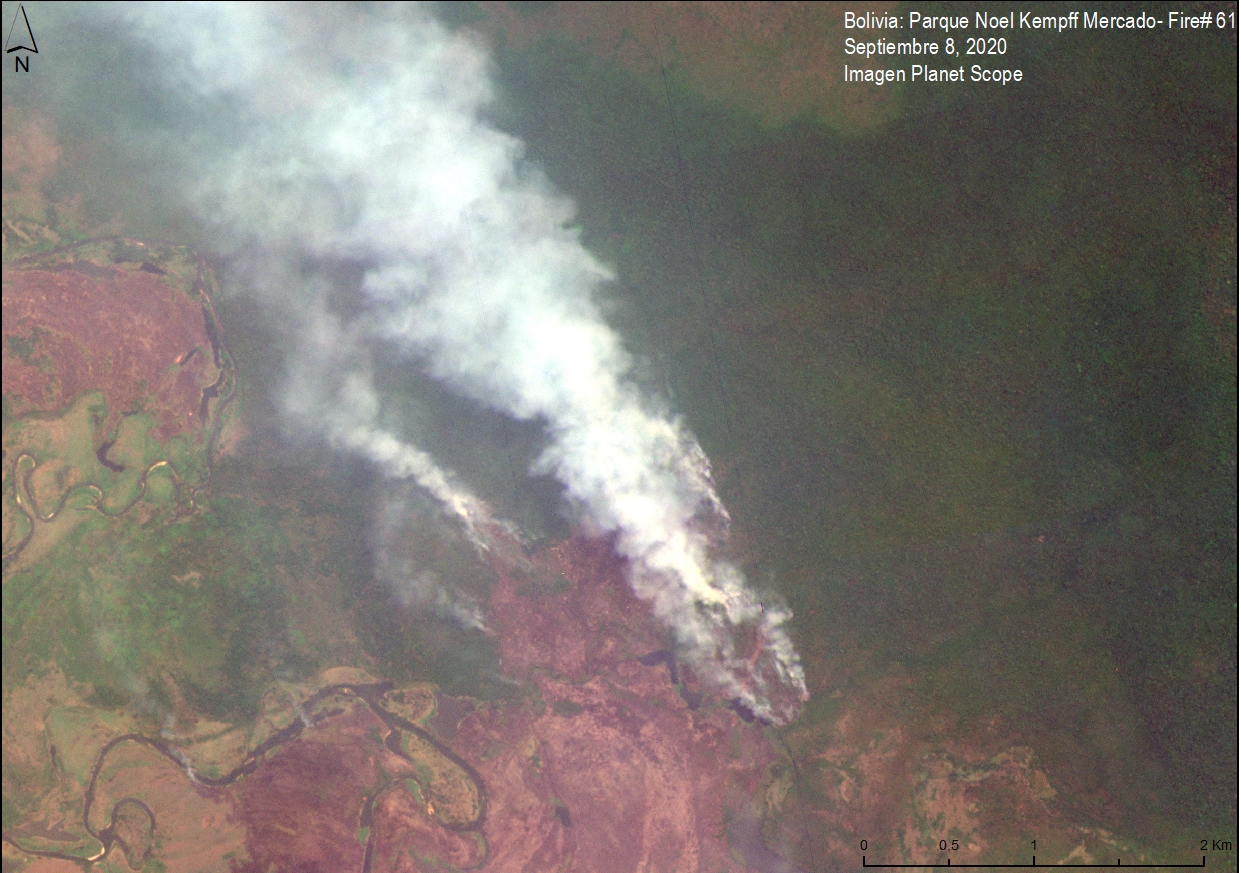
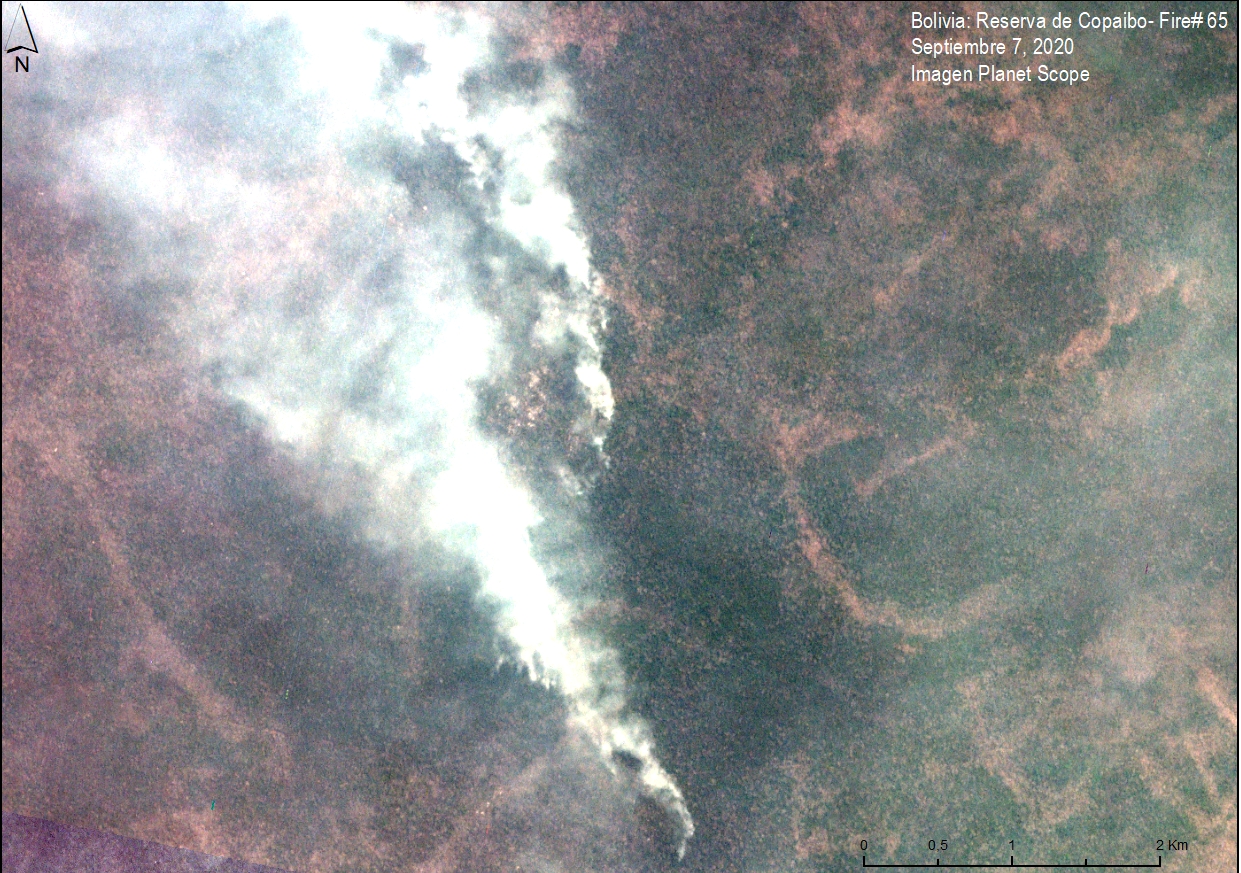
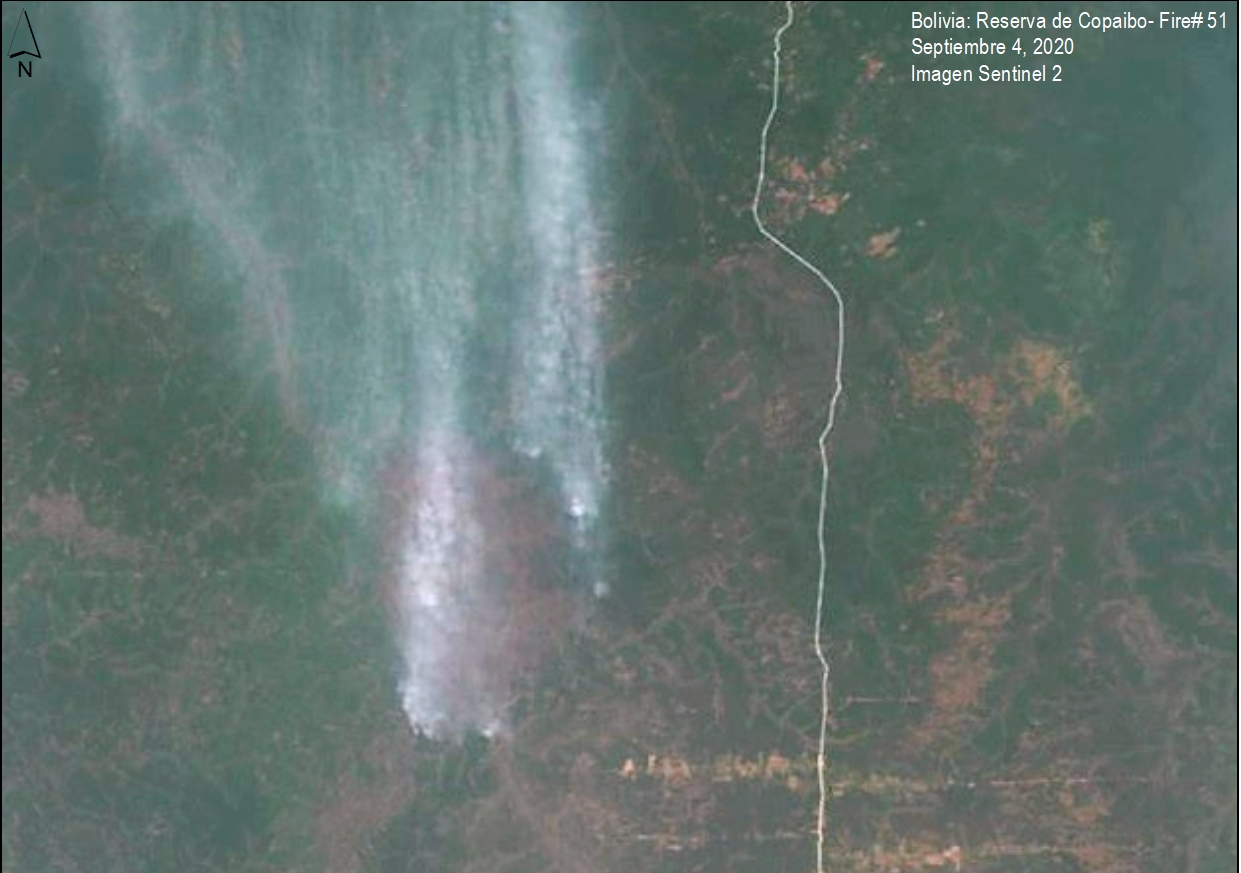
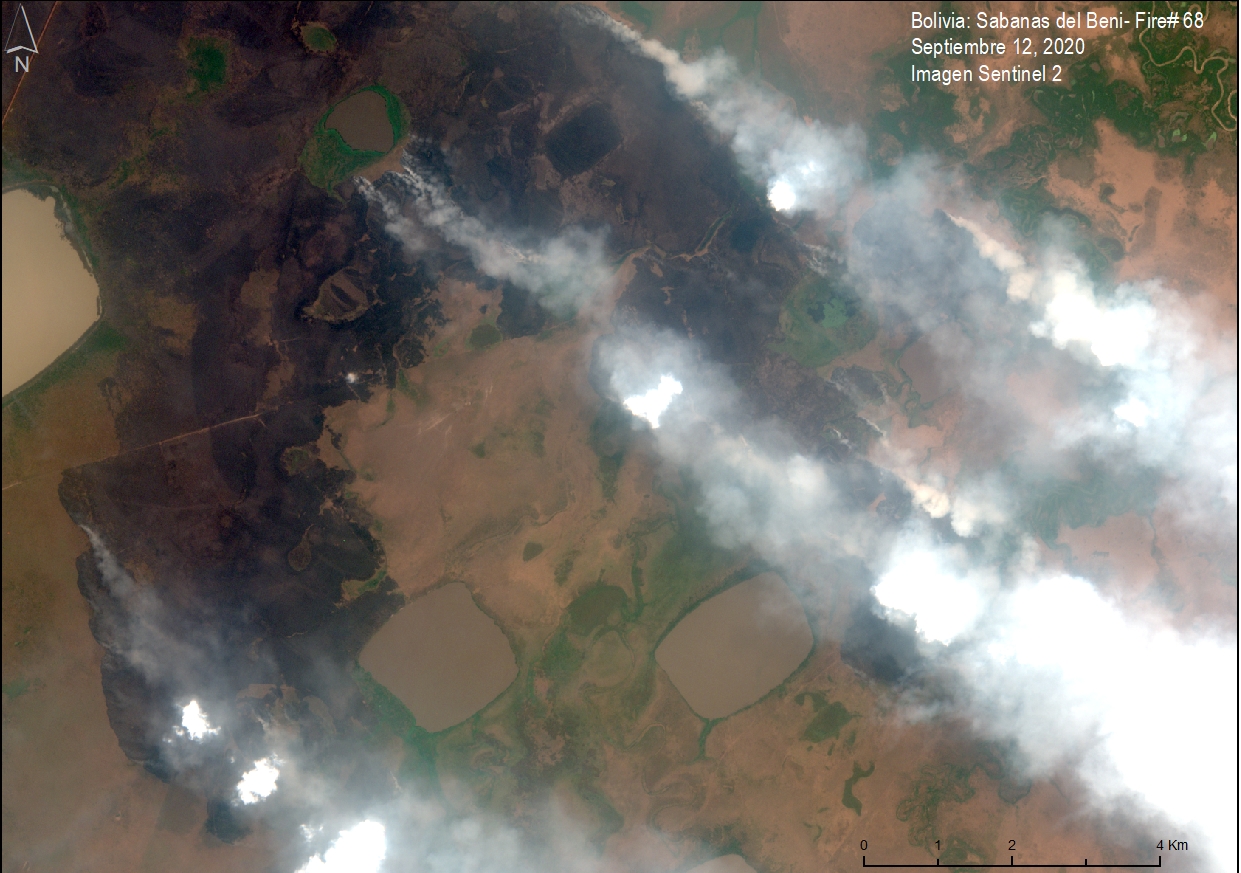

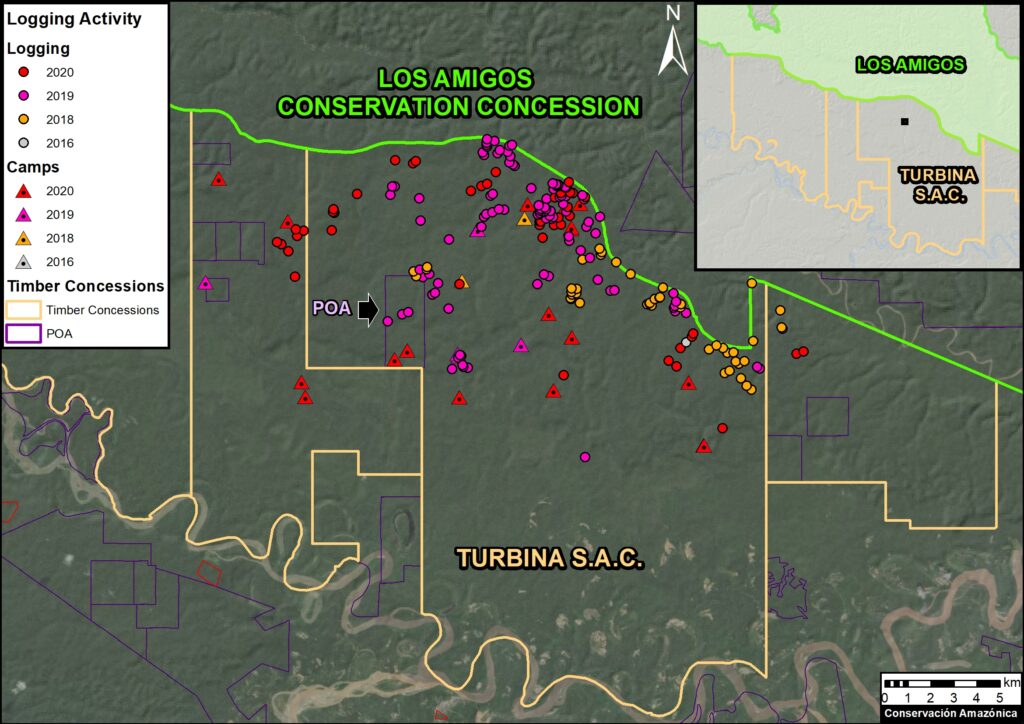
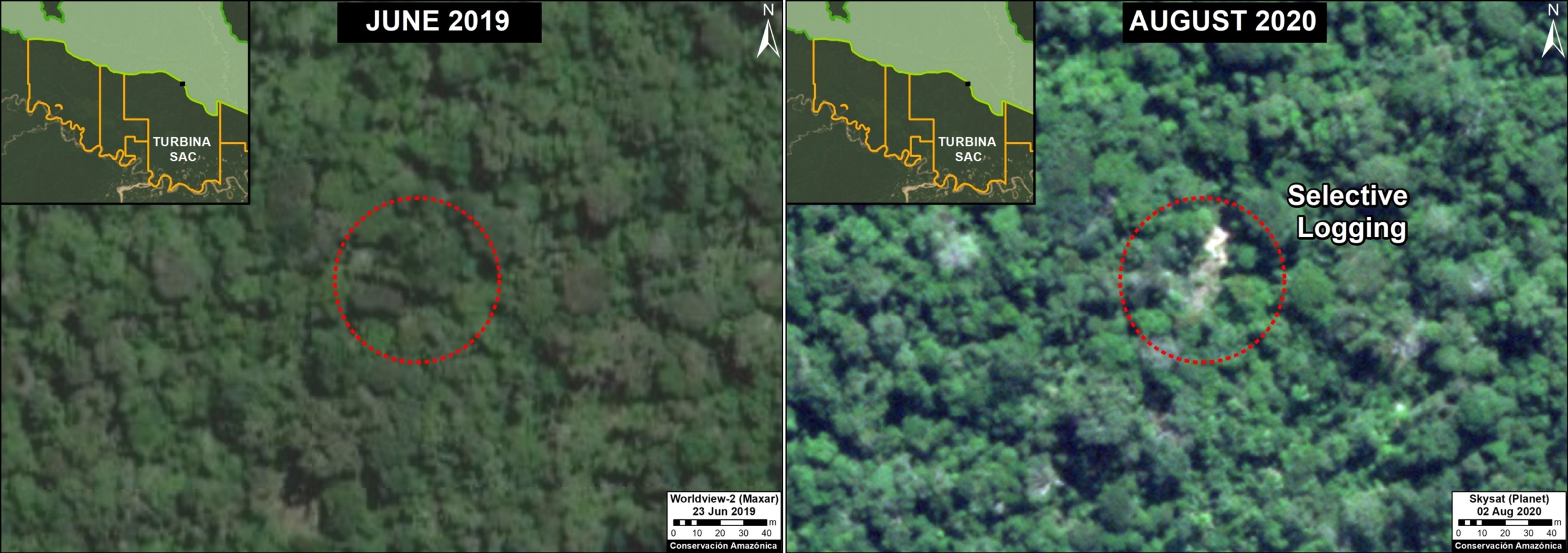
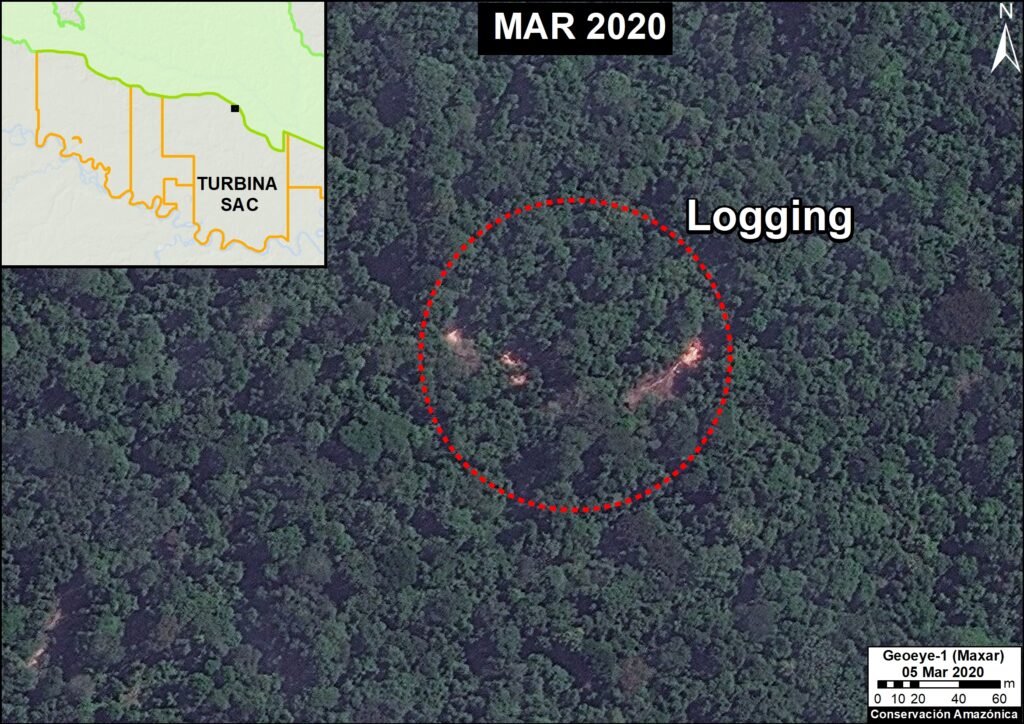
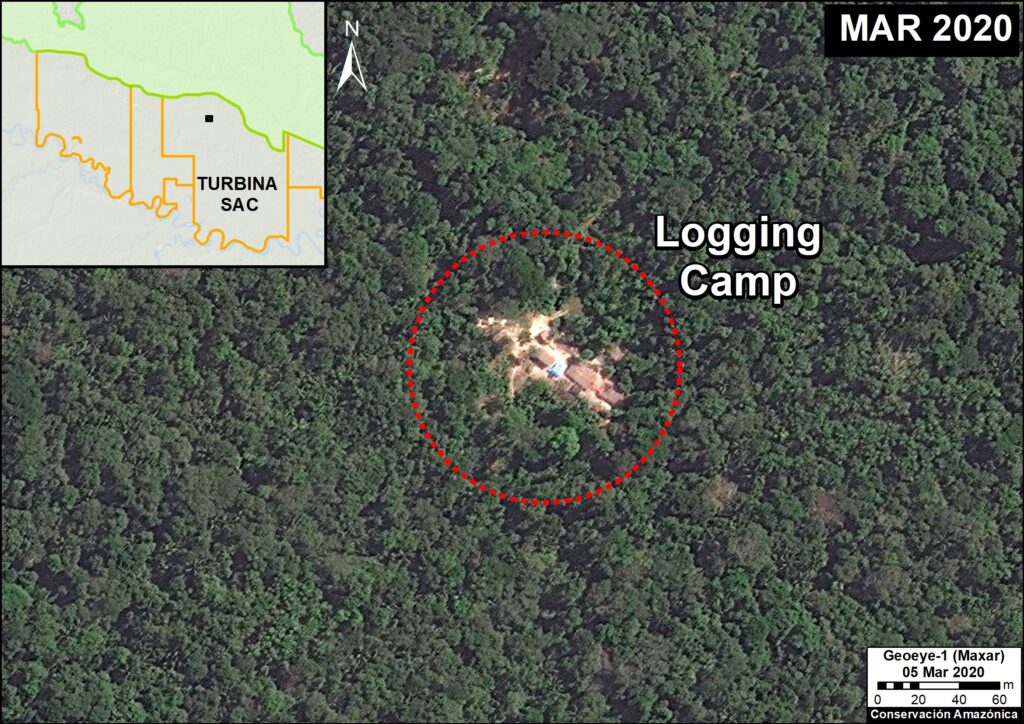
 We thank A. Felix (USAID Prevent), M.E. Gutierrez (ACCA), and G. Palacios for their helpful comments on this report.
We thank A. Felix (USAID Prevent), M.E. Gutierrez (ACCA), and G. Palacios for their helpful comments on this report.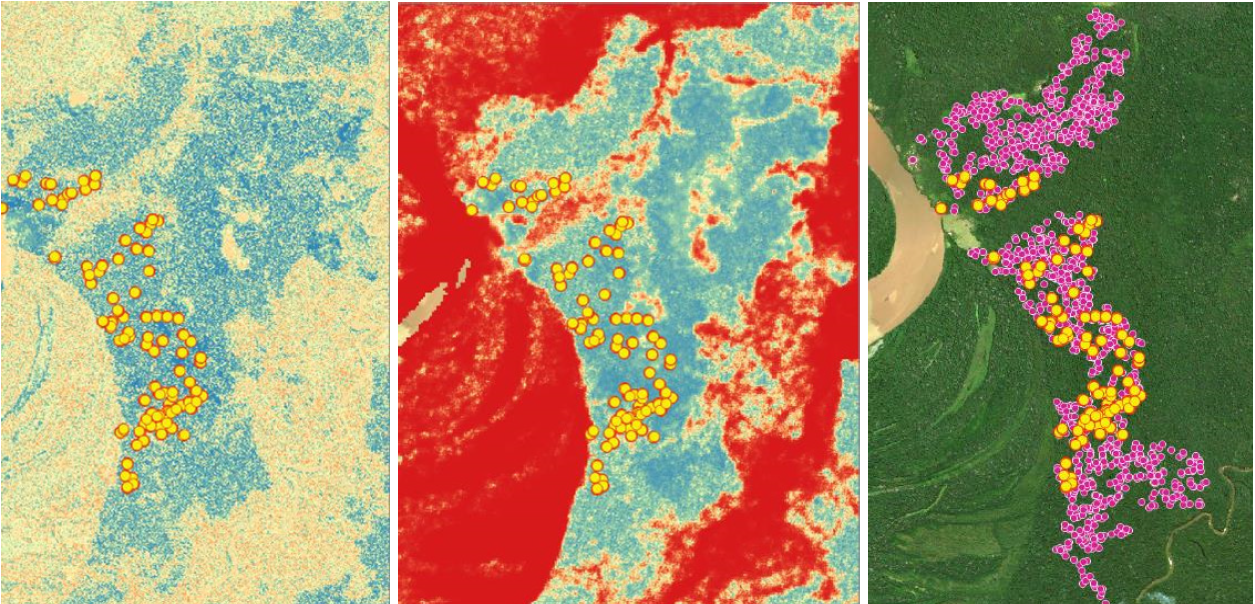


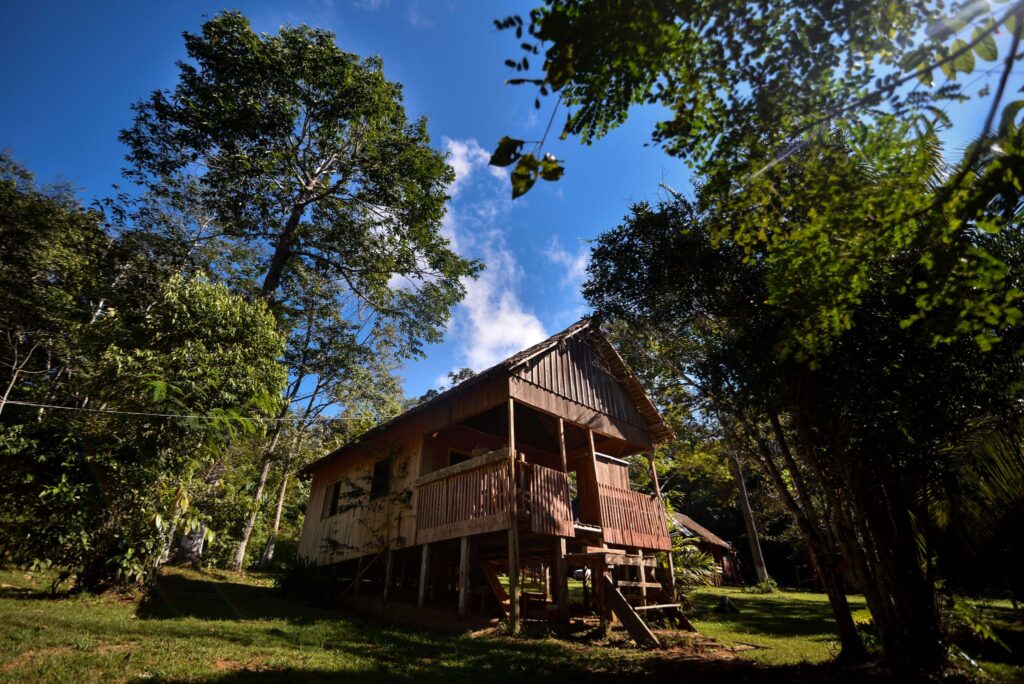
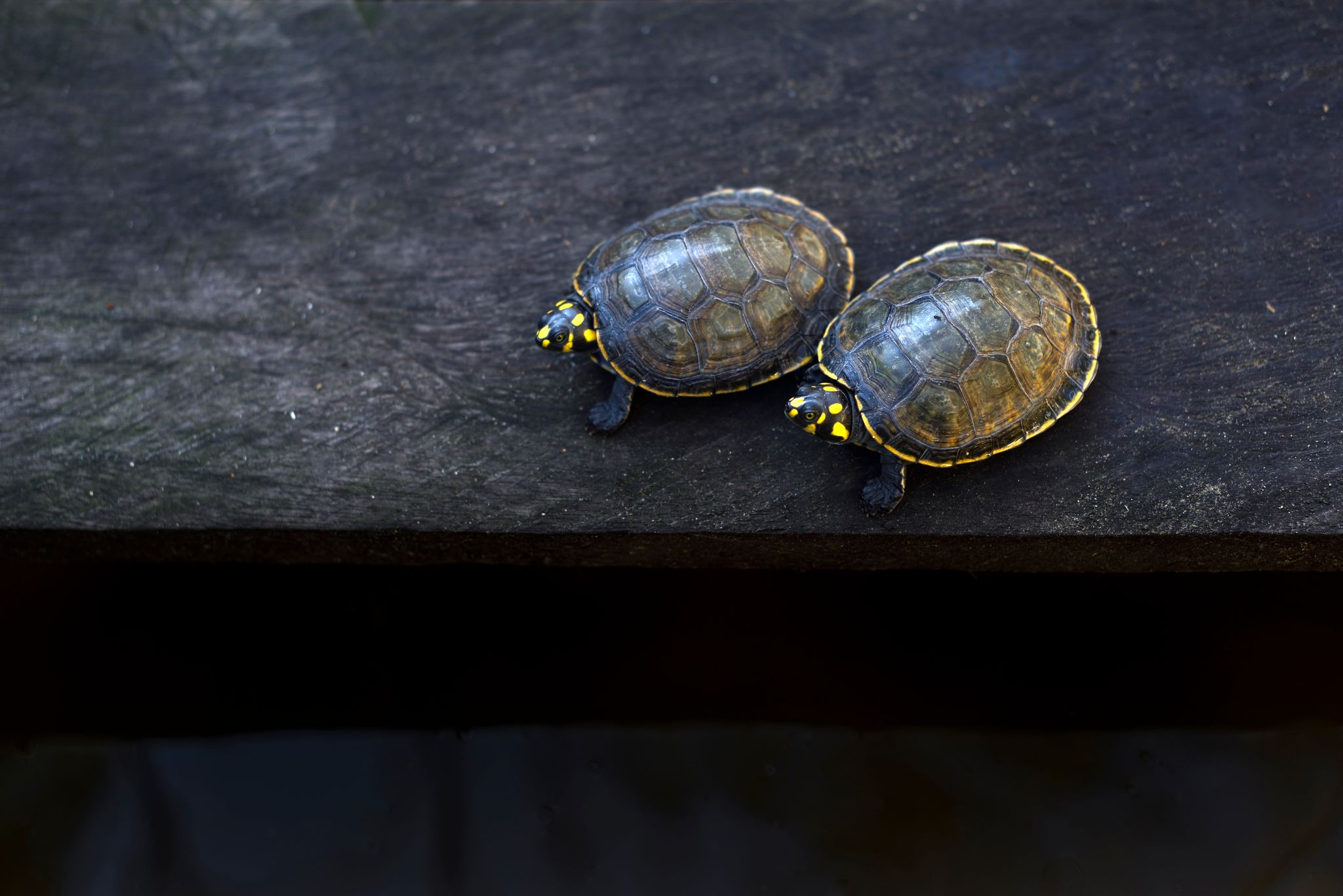 are cared for by local staff at the station, hatching between 65-80 days after being laid. Once the eggs have hatched, the baby turtles are kept in conditioned water ponds to monitor their growth until they are large enough to be released into their natural habitat. Of this batch, 85% of the eggs were hatched.
are cared for by local staff at the station, hatching between 65-80 days after being laid. Once the eggs have hatched, the baby turtles are kept in conditioned water ponds to monitor their growth until they are large enough to be released into their natural habitat. Of this batch, 85% of the eggs were hatched.

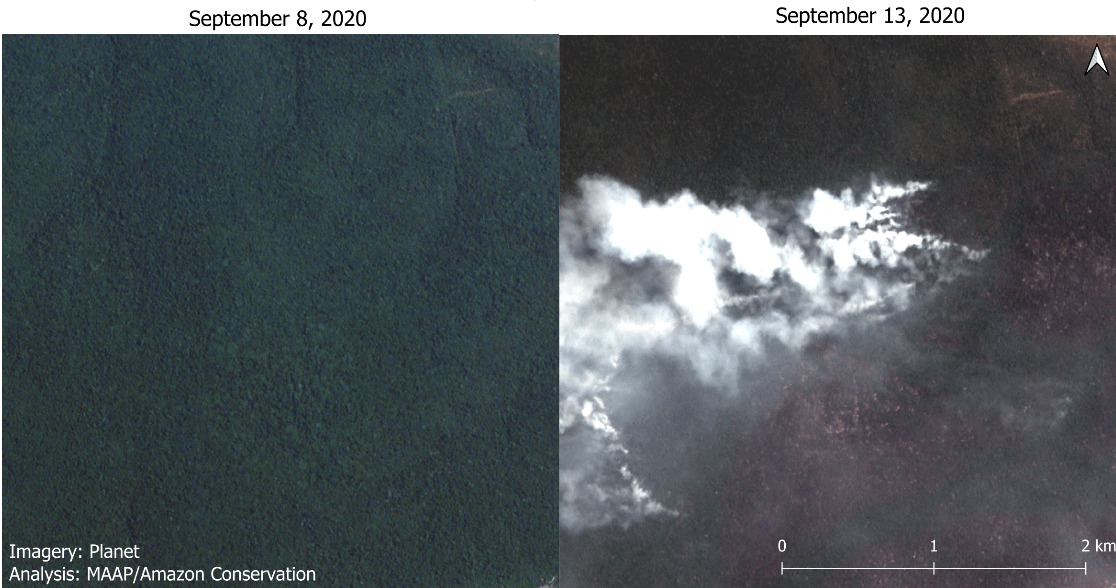
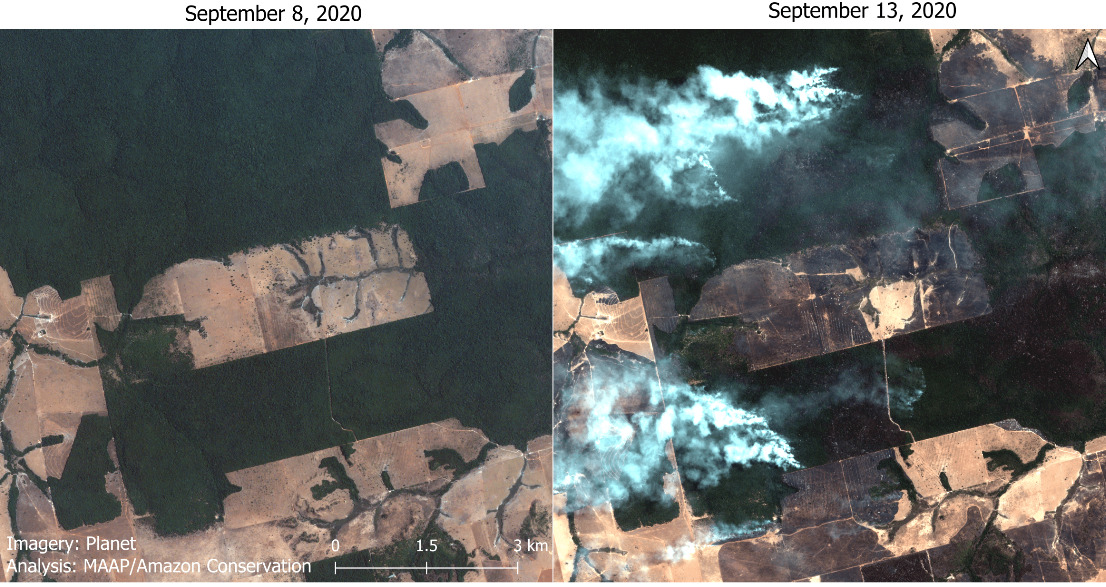
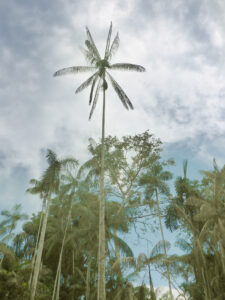
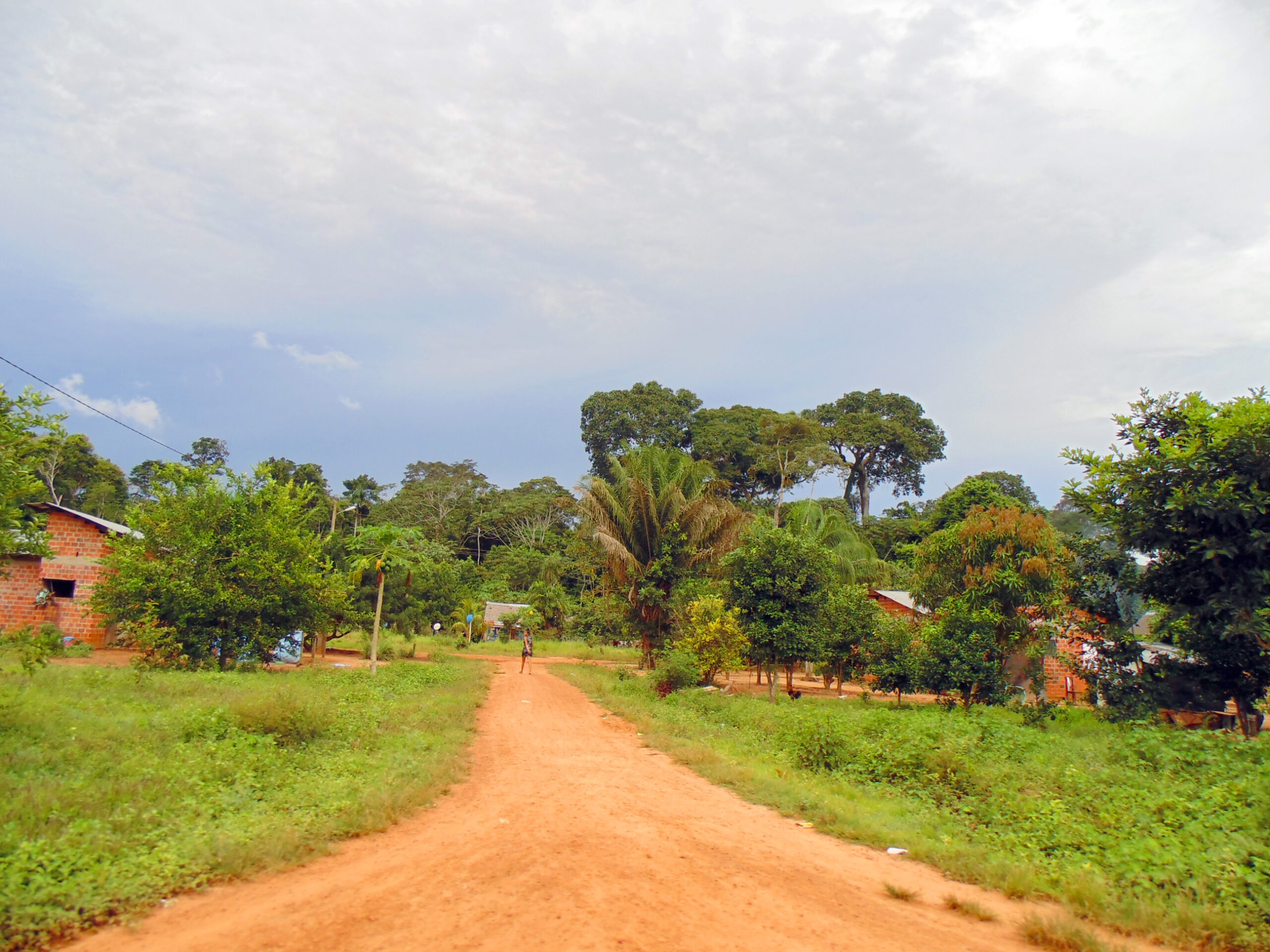
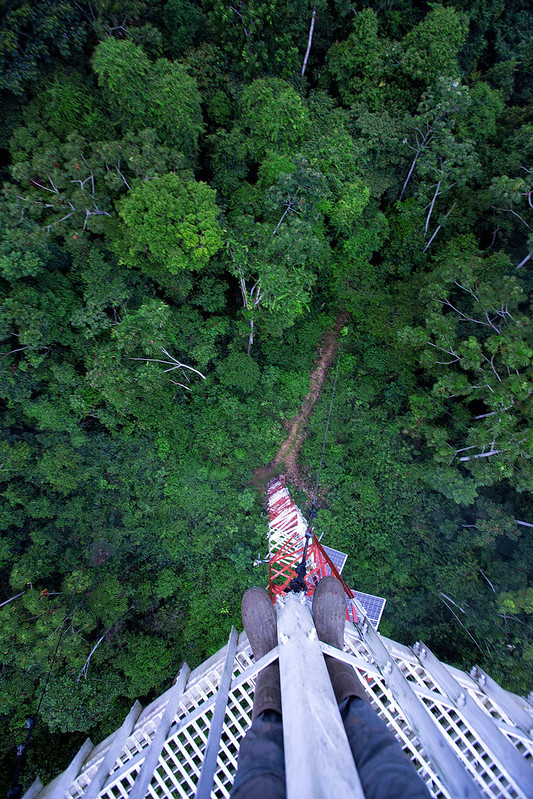
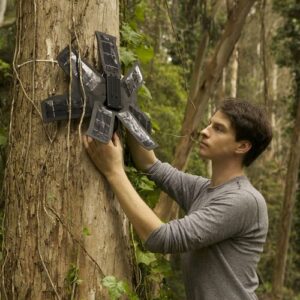
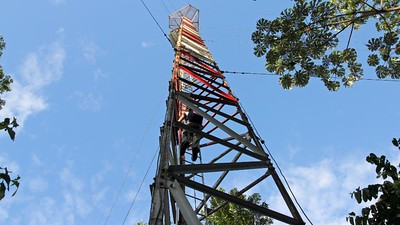
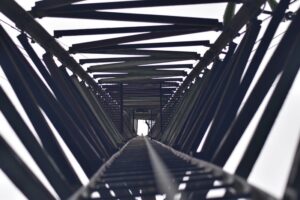
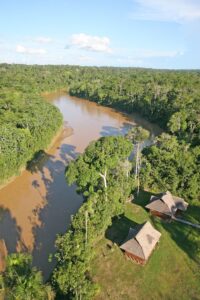
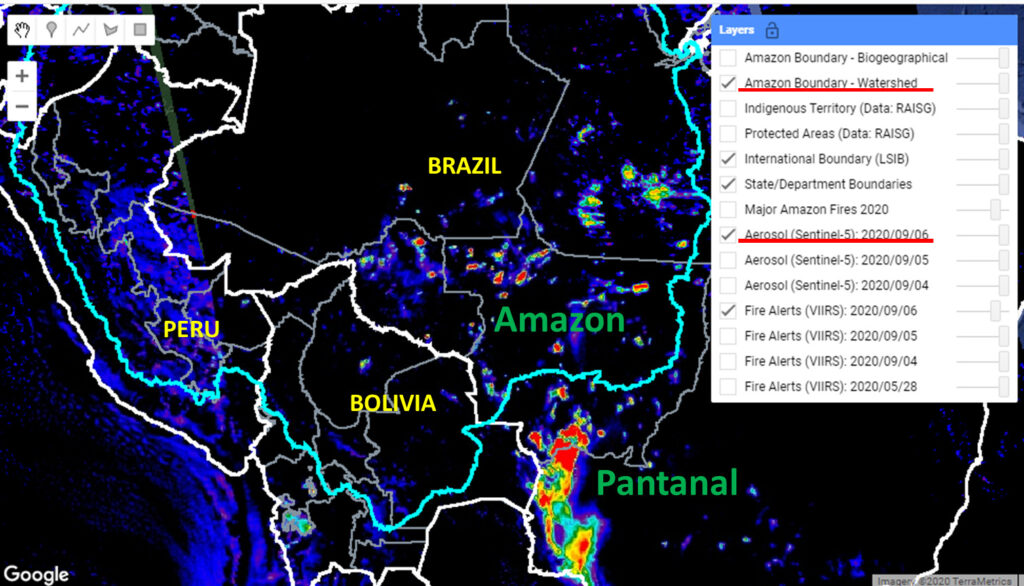
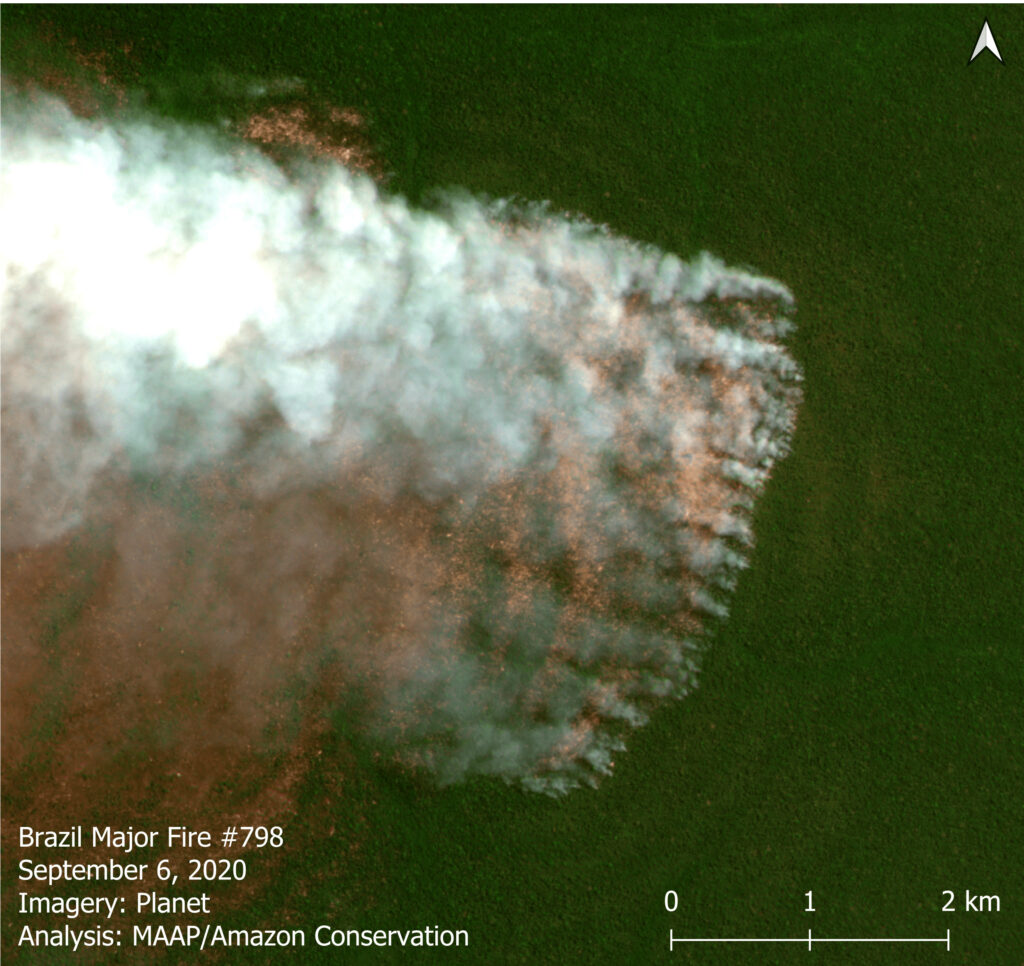
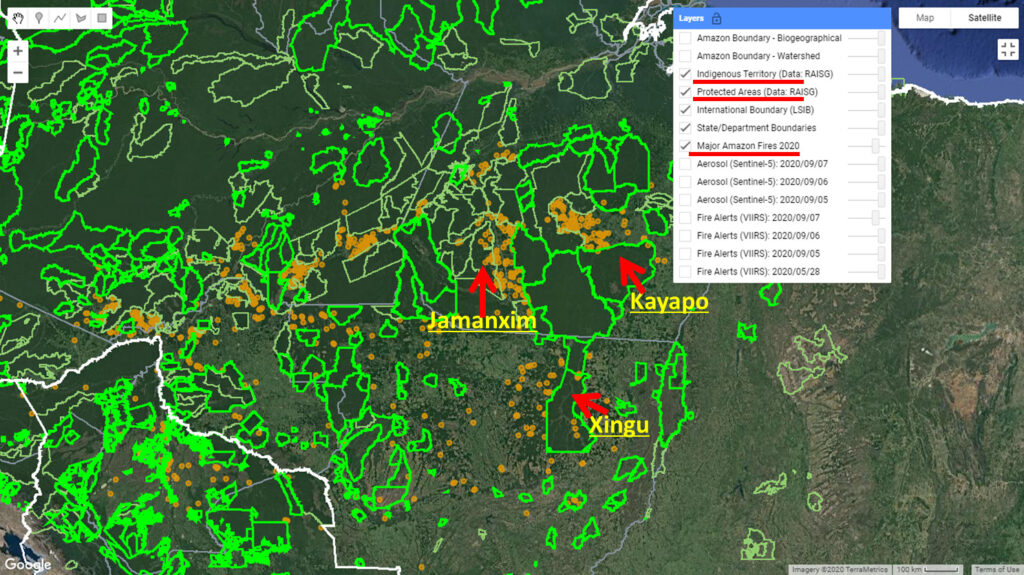
